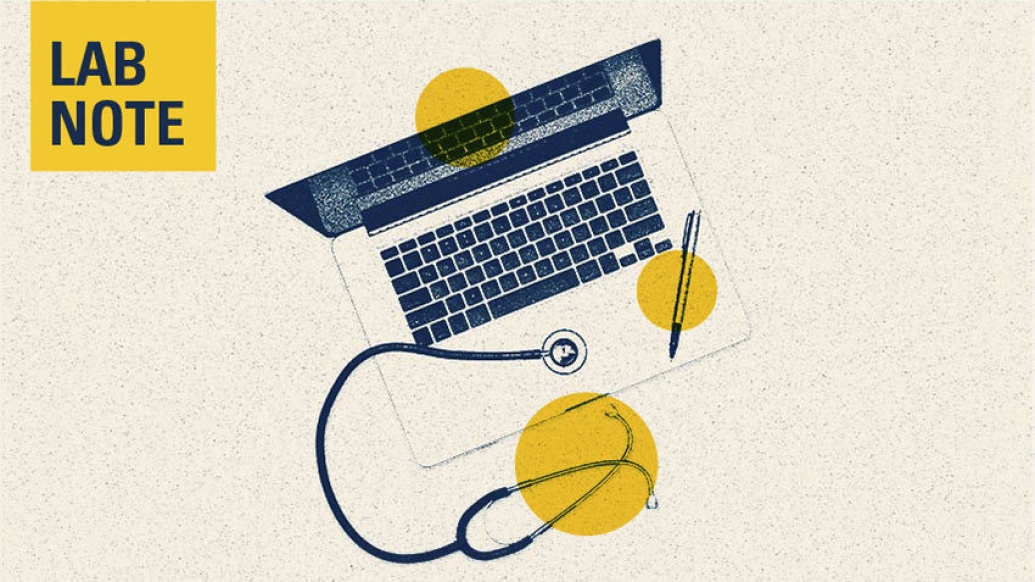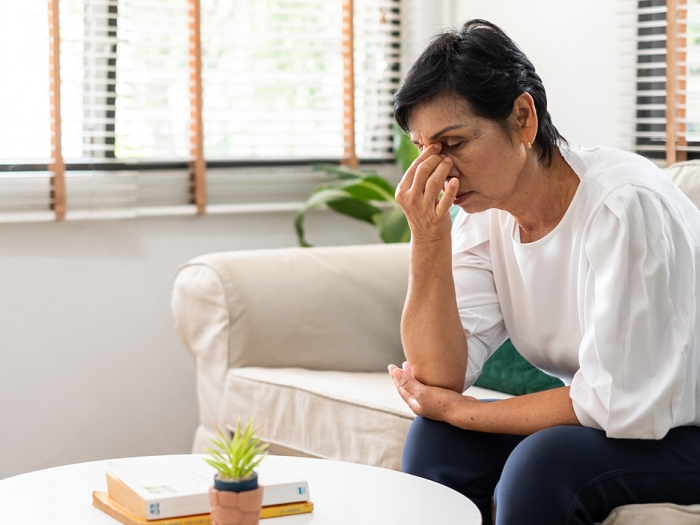Preliminary report of data shows steady level of virtual visits substituting for in-person visits.
10:47 AM
Author |

Older Americans and their health care providers have settled into a steady pattern of using telehealth technology for nearly 1 in 10 outpatient appointments , a new analysis of Medicare data shows.
That level of virtual visits persisted throughout the entire latter half of 2021, according to the findings from a University of Michigan team. In all, 1 in 3 people with traditional Medicare coverage saw a health care provider virtually at least once in 2021.
Meanwhile, in-person visits declined during that same time and in general since 2019. That's contrary to concerns about a "runaway" increase in total visits after telehealth rules relaxed suddenly in early 2020 due to the COVID-19 pandemic.
Now that those temporary rules may be nearing their end, the new data could inform the creation of more permanent telehealth policies.
The new rules are needed before the end of the federal public health emergency order that allowed the temporary flexibility. That order was renewed in April and since no notification has been issued that it will be allowed to expire in mid-July, is likely to be extended for additional months.
That's why the researchers from U-M's Institute for Healthcare Policy and Innovation chose to publish their findings now, as a preprint ahead of peer review.
"As telehealth use hits its stride in the Medicare fee-for-service population, the fears that flexible telehealth rules might lead to an increase in the total volume of outpatient visits has not panned out," said Chad Ellimoottil, M.D., M.S., lead author of the new preprint and leader of IHPI's Telehealth Research Incubator lab. "With all the evidence we have to date, it appears that telehealth has been used as a substitute for in-person care rather than an expansion of care."
Ellimoottil said that more analysis is needed to determine if the lower volume of outpatient services used by the Medicare fee-for-service population is because older adults are still foregoing routine care.
The new analysis shows that for the second half of 2021, about 9% of all outpatient appointments by people with traditional Medicare coverage took place over video or audio connections. That's a decline from telehealth connections made from mid-2020 through mid-2021, but still a massive increase from 2019 when Medicare strictly limited telehealth.
At the same time, the total number of visits and the number done in person declined from 2019 to the end of 2021. The authors note that their analysis does not take into account changes in the traditional Medicare population, including those related to COVID-19 deaths or shifts to Medicare Advantage.
The team previously published a report on telehealth use for Medicare evaluation and management visits in 2019 and 2020.
Both the previous and new analyses show that use of telehealth was lower among older adults living in rural areas. In all, 17% of rural older adults with traditional Medicare had at least one telehealth appointment between 2019 and 2021, compared with 26% of older adults living in non-rural areas. No other major disparities were found.
Paper cited: "Trends in telehealth use by Medicare fee-for-service beneficiaries and its impact on overall volume of healthcare services," DOI: 10.1101/2022.06.15.22276468

Explore a variety of healthcare news & stories by visiting the Health Lab home page for more articles.

Department of Communication at Michigan Medicine
Want top health & research news weekly? Sign up for Health Lab’s newsletters today!





